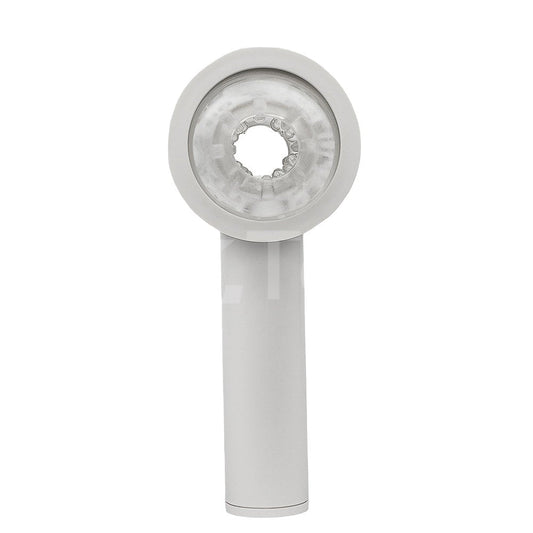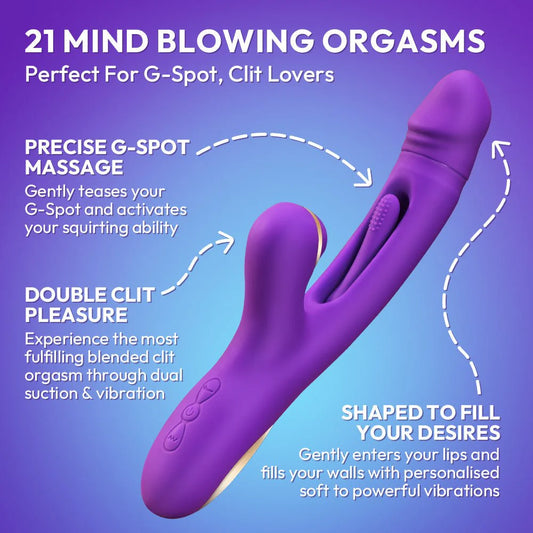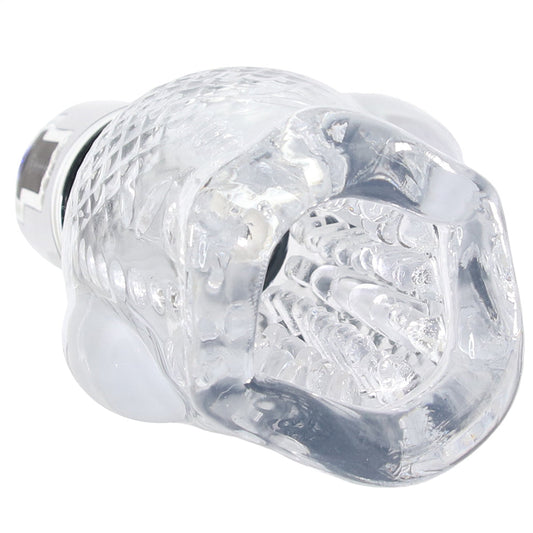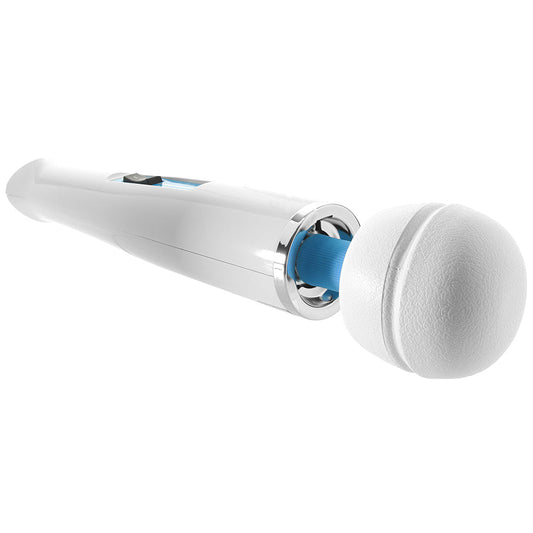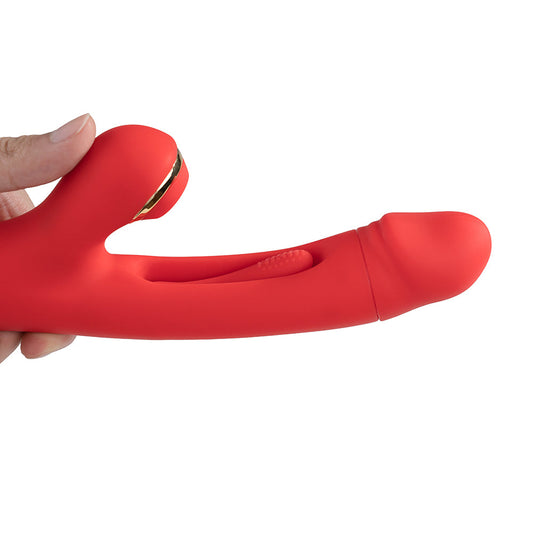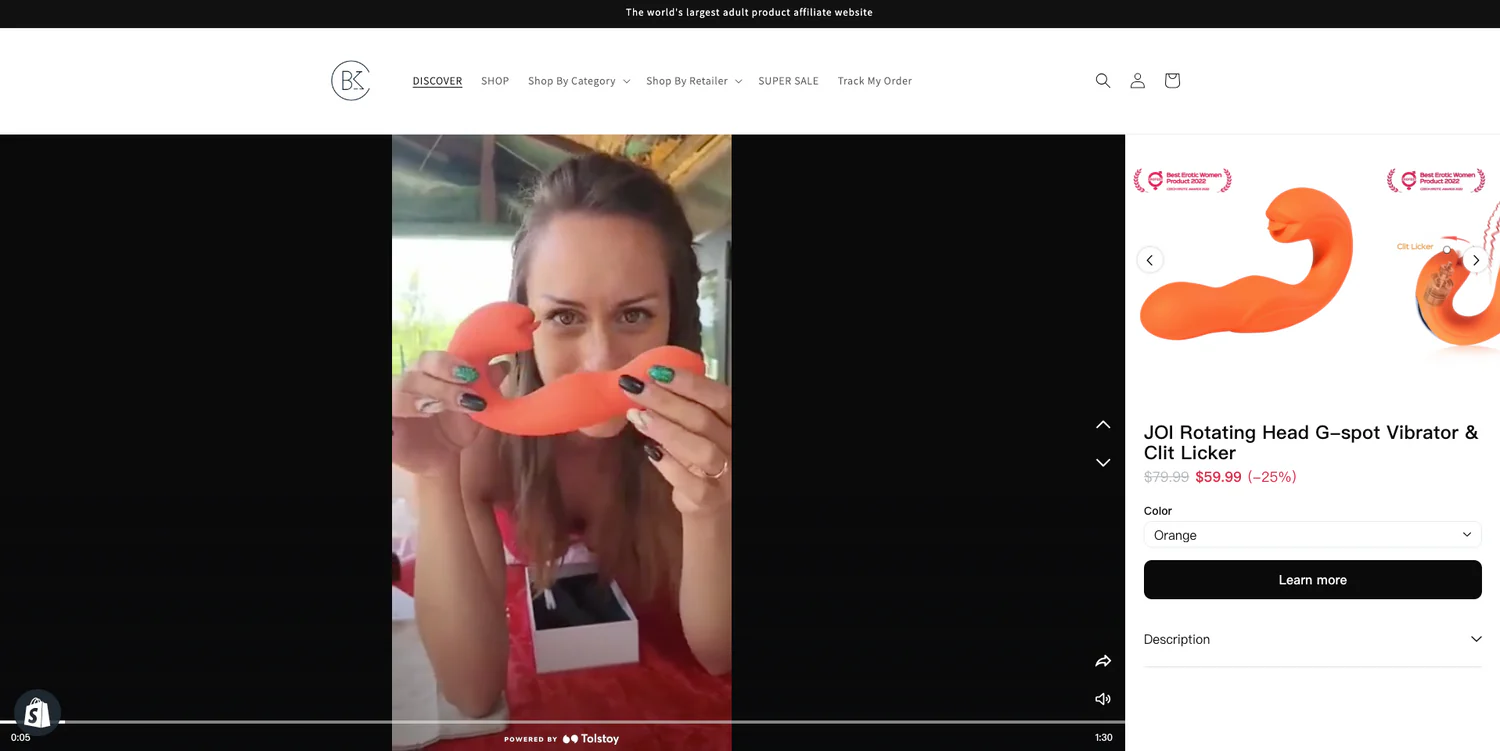The Sexual Statistic That’s Key to Women’s Pleasure and Orgasms
Here’s something every straight man should know, but many don’t quite appreciate: Only 25 percent of women are consistently orgasmic during vaginal intercourse.
This bears repeating: Only one-quarter of women reliably experience orgasm during vaginal intercourse—no matter how long it lasts, no matter what size the man’s penis, and no matter how the woman feels about the man or the relationship.
This statistic comes not from some random study du jour, but from a comprehensive analysis of 33 studies over the past 80 years by Elisabeth Lloyd in her fascinating book The Case of the Female Orgasm. It’s also been confirmed by the many sex therapists I’ve interviewed over the past 40 years.
Rounding things out: About half of women sometimes have orgasms during intercourse. About 20 percent seldom or rarely have orgasms doing the deed. And about 5 percent never have orgasms that way.
In other words, intercourse is NOT the key to most women’s sexual satisfaction.
Now I’m not knocking intercourse. If it’s well lubricated, if men don’t plunge in before women feel ready, and if it takes place in the context of leisurely, playful, mutual whole-body massage, intercourse can be great fun, providing lovers with a deep erotic connection. But contrary to what legions of men (and some women believe)—and what we see in almost all media depictions of sex—intercourse should not be considered the culmination of most lovemaking. It’s just one of many possible enjoyable activities between the sheets.
Why So Few Women Are Reliably Orgasmic During Intercourse
Over the past 70 years, sex researchers have confirmed and reconfirmed one finding over and over again. Around 95 percent of men are consistently able to work up to orgasms during intercourse. But for women, the figure is in the range of just 60 to 70 percent—the 25 percent who are consistently orgasmic during intercourse, plus some of the half of women who sometimes have orgasms that way.
Psychologists have attempted to explain this difference by saying that men are sexually “simple,” while women are much more emotional “complex.” With all due respect to women’s psychological intricacies, the real reason for the gender-based orgasm gap is that many men don’t provide women with enough gentle caresses where it counts—the clitoris, the little nub of highly erotically sensitive tissue that sits outside the vagina, an inch or two above it under the top junction of the vaginal lips. Most women experience pleasure during intercourse, but the old in-out usually does not provide sufficient clitoral stimulation to trigger women’s orgasms.
Australian researchers surveyed the demographics, religious beliefs, relationship satisfaction, and sexual trauma histories of 5,118 men and women age 16 to 59. Then they asked the participants to describe the genital touch they’d received during their single most recent partner-sex encounter, and if they’d had orgasms.
As usual, 95 percent of the men reported orgasms, but among the women, only 69 percent.
The women’s demographics, beliefs, relationships, and histories of trauma made a little difference—but not much.
Meanwhile, in addition to kissing and hugging, during their most recent sexual encounter, the participants reported six kinds of genital play:
Vaginal intercourse. Among the men, 96 percent said they’d done it. The women, 94 percent.
Handjob by the woman. Men saying they’d been stroked—81 percent. Women saying they’d provided it—76 percent.
Handjob (“fingering” or digital play) by the man. Women saying their vulvas had been caressed—76 percent. Men saying they’d provided it—81 percent.
Fellatio. Men saying they’d been sucked—26 percent. Women saying they’d gone down—24 percent.
Cunnilingus. Women said they’d been licked—24 percent. Men saying they’d kissed the clit—30 percent.
Anal intercourse. Men saying they’d inserted—1 percent. Women said they’d received—1 percent.
So, for the vast majority of these couples, the erotic dance involved three main moves: vaginal intercourse (almost universally), hand jobs (about 75 percent), and oral sex (around 25 percent).
Among the men, the likelihood of orgasm varied only slightly based on the number of moves they received:
Just intercourse: Men reporting orgasms—96 percent.
Handjob and intercourse: 95 percent.
Handjob, intercourse, and oral: 98 percent.
But for women, the likelihood of orgasm varied considerably:
Just intercourse: Women reporting orgasms—50 percent.
Handjob (“fingering” or digital play) and intercourse: 71 percent.
Handjob, intercourse, and oral: 86 percent.
For reproduction, sex is all about intercourse. But for pleasure, especially women’s pleasure, it’s about men providing all three moves.
Corroborating this study, researchers at Chapman University in Southern California analyzed orgasms among 52,588 American adults. Lesbians reported orgasms in 86 percent of encounters, heterosexual women, only 65 percent. The main reason for the difference: The lesbians received more oral sex.
Three Key Consequences
Women’s need for direct clitoral play has several important implications:
It’s perfectly normal for women not to have orgasms during intercourse. Many men and women believe there’s something wrong with women who don’t come with erections pumping inside them. Usually, that’s not the case. When men provide gentle, extended cunnilingus, women’s rates of orgasm approach men’s.
Penis size doesn’t matter to most women’s sexual satisfaction. If only 25 percent of women are consistently orgasmic during intercourse, then for most women, penis size doesn’t matter. The fact is, any size penis can provide great pleasure to the man it’s attached to. But the key to most women’s erotic pleasure comes not from the penis and intercourse, but from direct clitoral stimulation, using the fingers, palm, tongue, or sex toys.
Lasting a long time during intercourse does not matter as much as most men believe. Many men stress out about coming quickly (premature ejaculation). They want to extend intercourse largely because they think it’s crucial to women’s orgasms. But only one-quarter of women are consistently orgasmic during intercourse no matter how long the man lasts.
Finally, it’s fine to have sex without intercourse. This is especially true for couples over 40. With age, men’s erection capacity declines, and menopausal changes often make intercourse uncomfortable for women, even with a lubricant. Many older couples prefer sex without intercourse: mutual whole-body massage, hand jobs, oral, and toys. Younger lovers might also consider this erotic alternative.
To Boost Women’s Chances of Orgasm During Intercourse
Three of the most popular intercourse positions allow men to provide direct, clitoral massage quite easily:
Woman-on-top. The man lies on his back with his legs together. The woman straddles his hips and sits on his erection. To help women have orgasms, he makes a fist and places it on his lower abdomen where their pelvises meet. She presses her clitoris into it. This often provides sufficient direct clitoral touch for orgasm. Or she can reach down and hold his fist on her clitoris, or caress it herself by hand or with a vibrator.
Rear entry (doggie). She’s bent over, or on her hands and knees, or elbows and knees. He stands or kneels behind her. He can reach around and massage her clitoris. Or she can reach between her legs and caress her clitoris, or use a vibrator.
Spooning. Both lovers lie on their sides, her back to his chest. His hands are free to massage her clitoris. Or she can caress herself by hand or with a vibrator.
Coital Alignment Technique (CAT). First announced in 1988 by New York sex researcher Edward Eichel, the CAT involves a minor adjustment of the missionary position. In conventional intercourse, the man is on top with his erection moving in and out horizontally. For the CAT, he shifts forward and to one side so that his chest rests near one of her shoulders. With this change, his erection moves up and down, and the bone at the base of his penis (pubic bone) makes more direct contact with her clitoris. Eichel surveyed 86 couples about the women’s history of orgasm during intercourse, then taught half the CAT. In short order, those women were significantly more likely to come during intercourse, and as they practiced coital alignment over time, their rate of orgasm during intercourse continued to climb.
Eichel’s study triggered a brief flurry of media attention, but by the mid-1990s, it was largely forgotten. Fortunately, research continued. In 2000, a series of studies by Texas investigators confirmed the CAT’s effectiveness. In one, researchers worked with 36 women unable to have orgasms in the missionary position. They and their lovers enrolled in an eight-week sexual enrichment course that encouraged mutual whole-body massage, the foundation of lovemaking. In addition, half the couples were taught the CAT. A few months later, the non-CAT women reported a 27 percent increase in orgasm during missionary-position intercourse. But the CAT women enjoyed twice the orgasm increase—56 percent.
The CAT does not guarantee orgasm during man-on-top intercourse. Many women just don’t come that way—and that’s fine. They’re perfectly normal. The CAT is no substitute for gentle, extended clitoral stimulation by hand, mouth, or vibrator. But the CAT improves women’s ability to have orgasms during man-on-top intercourse.



